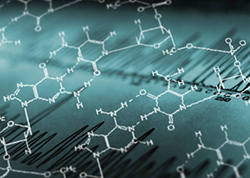Presence of Mold Can Drop Your Real Estate Value
Having a mold problem in your home taken care of as soon as possible is important for health and safety reasons, but don’t overlook the financial consequences as well. Black mold can reduce your home’s value, making it much harder for you to sell and increasing the risk of having to settle for a lower price.
The owners of the Coe mansion in Meriden, CT found this out the hard way while trying to sell the property. The mansion, which dates back to 1875, has dropped in price from $899,000 to $595,000, but the owners are expecting to get even less for it when they do find a buyer. Black mold has been found inside the property, creating a health risk, and the home has been vandalized a number of times. The Coe mansion has been vacant for several years and has not been well-maintained, which explains the presence of mold and other problems. Despite having 8,600 square feet of space on 1.4 acres, the mansion will require extensive work, including mold removal.
The drastic drop in price for the Coe mansion is an important lesson for homeowners to keep in mind. If you’ll be putting your home on the market soon, hiring NJ mold treatment services sooner rather than later is essential. Otherwise, your home could end up on the market for a lot longer than you expected.
If you think you have a mold problem, contact Stern Mold. Our NJ mold treatment experts can safely get rid of these harmful growths in order to keep your home environment a healthy one for you and your family.

